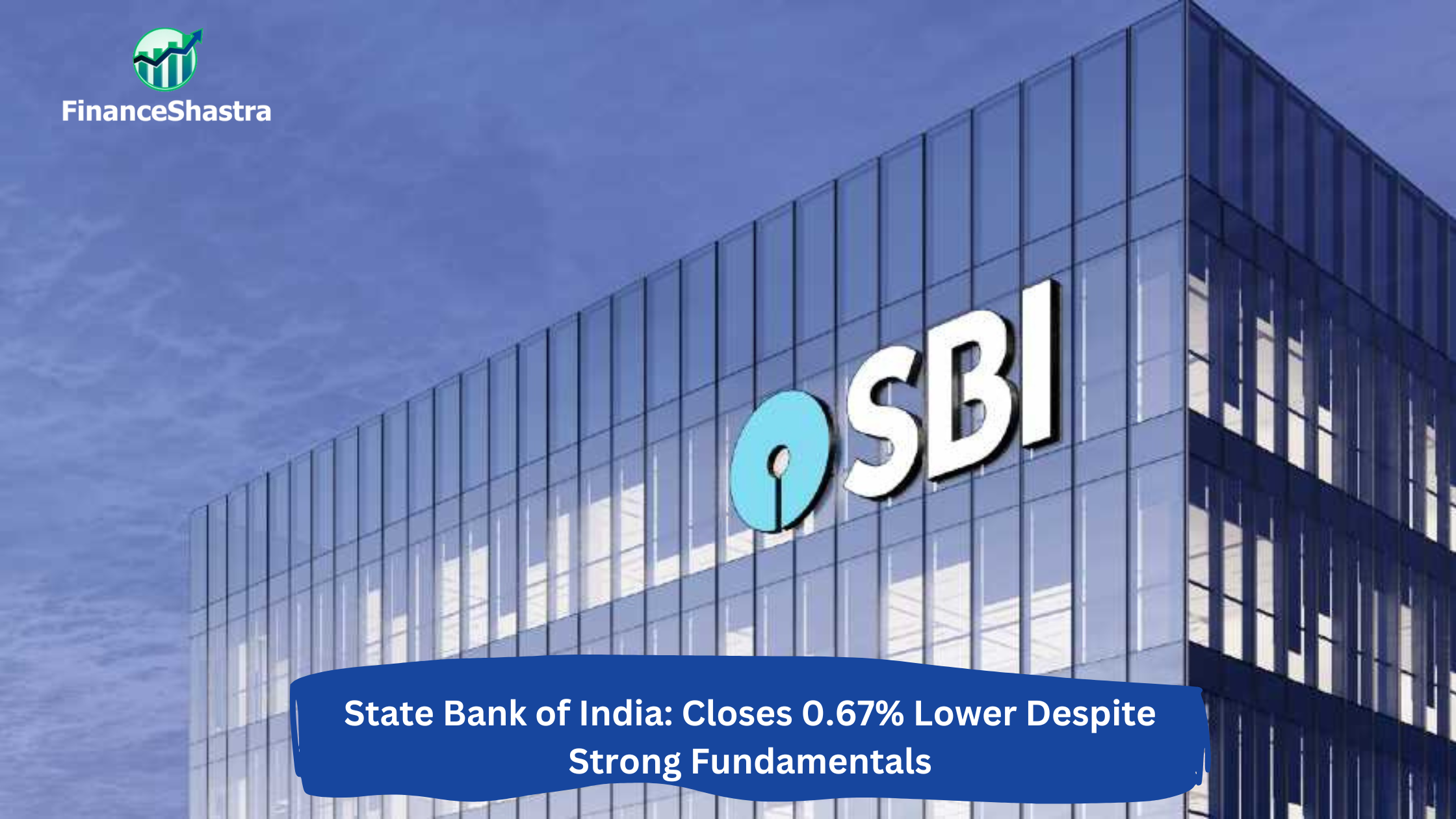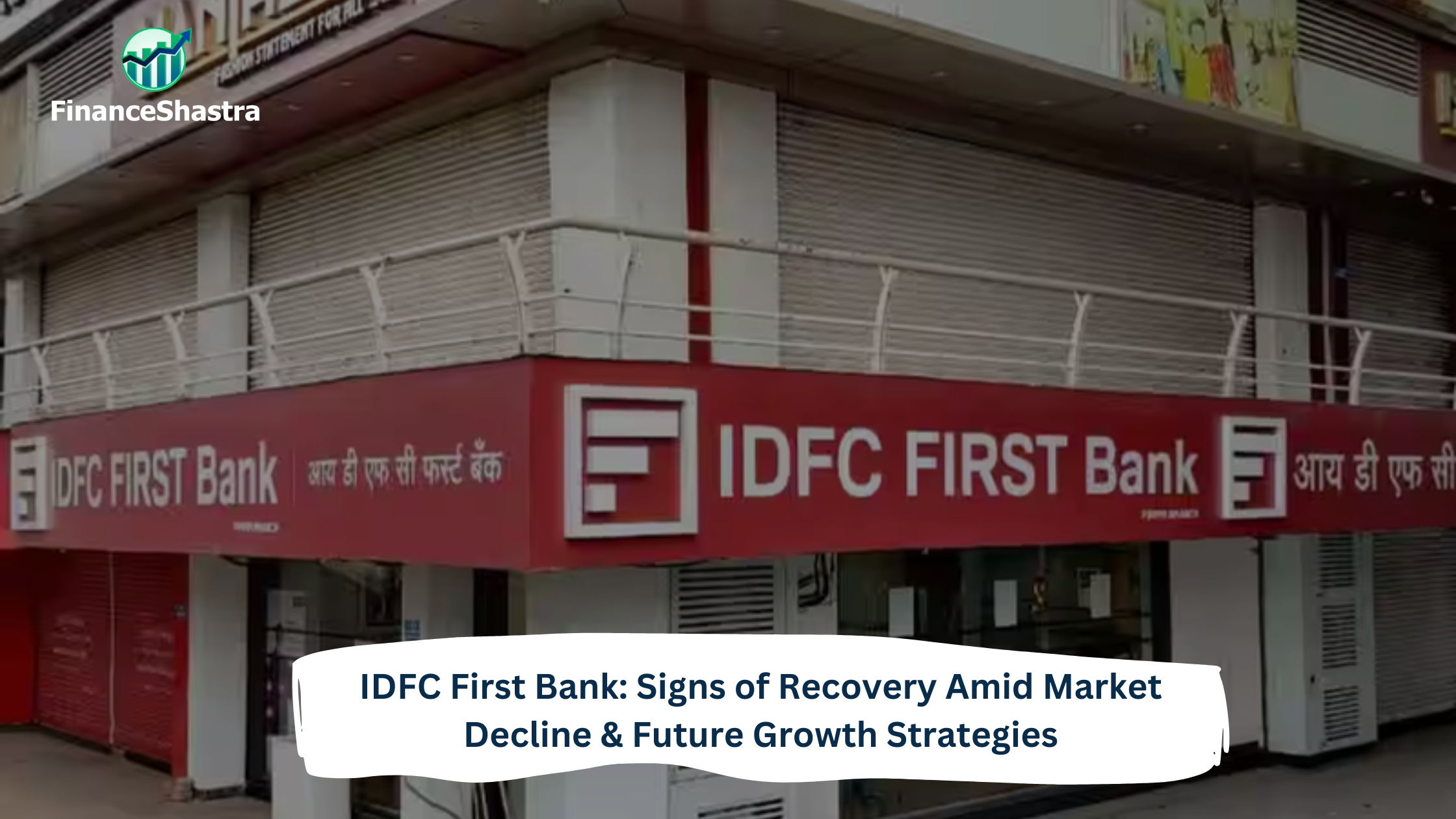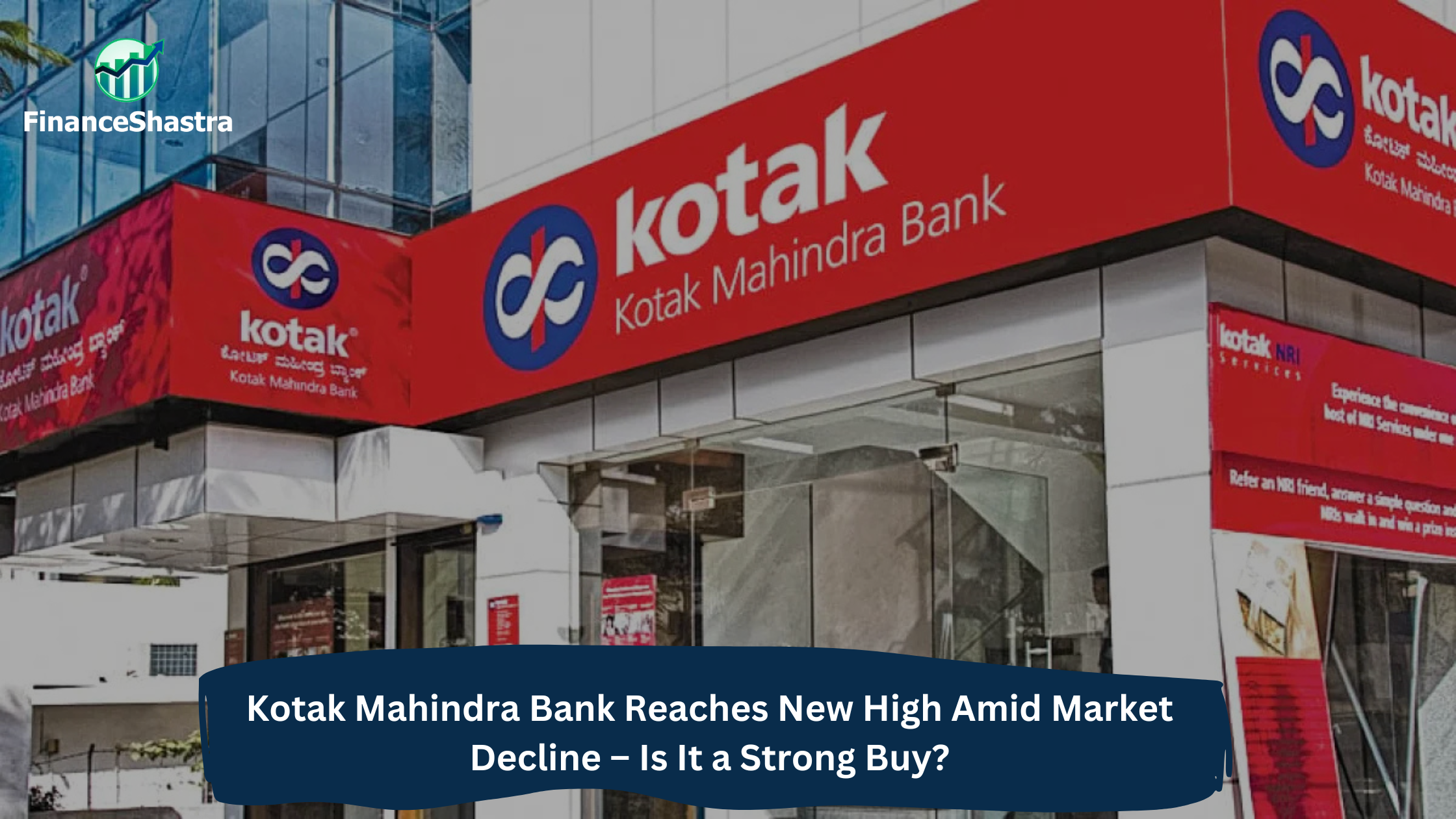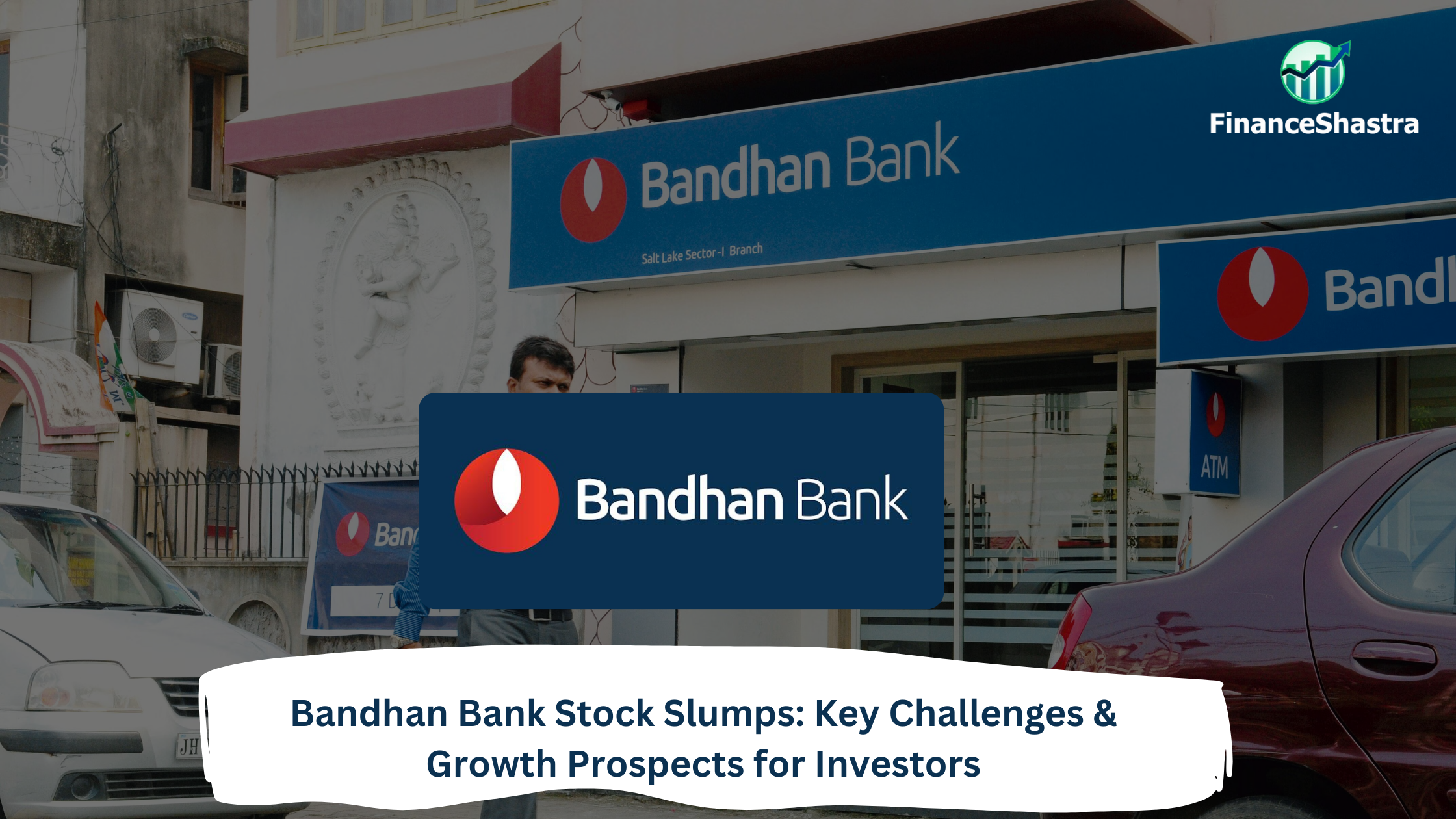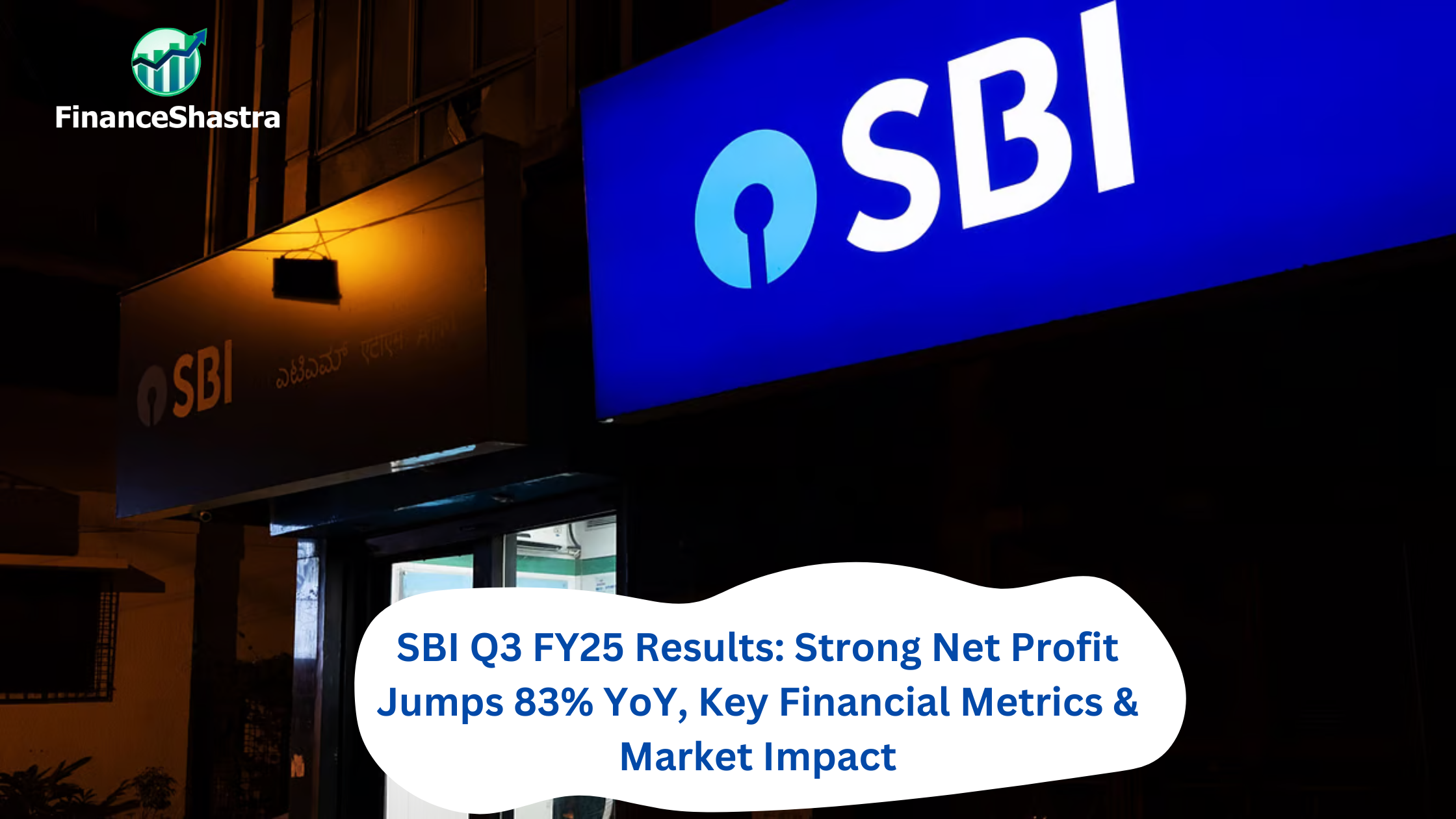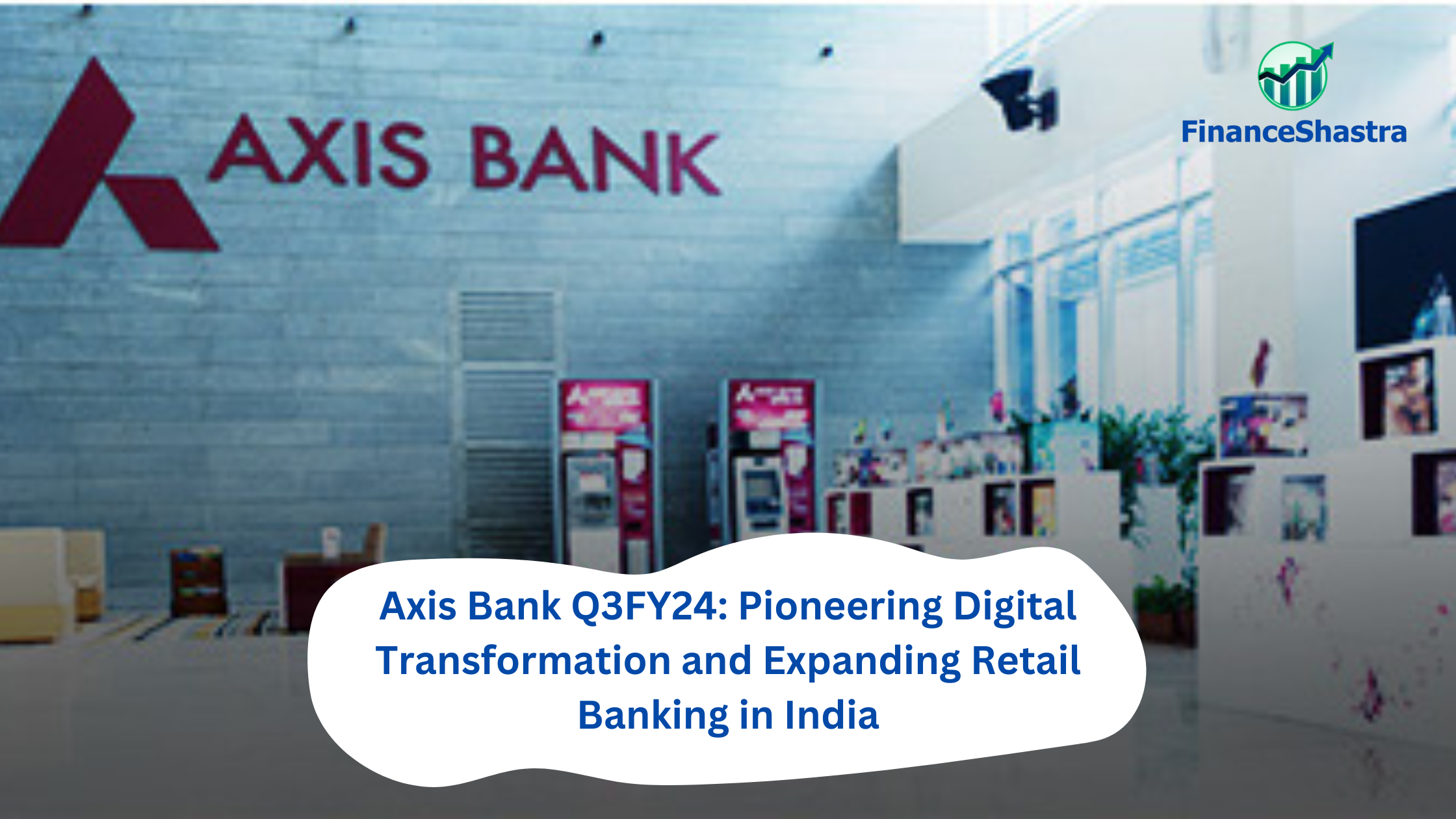State Bank of India: Closes 0.67% Lower Despite Strong Fundamentals
Business and Industry Overview:
State Bank of India (SBI) is the largest government-owned bank in India and one of the biggest banks in the world. It has a strong presence in the banking sector, holding 23% of the country’s total assets and 25% of all loans and deposits. With around 250,000 employees, it is also one of India’s top employers. SBI has achieved major milestones in the stock market, reaching a market value of over ₹8 trillion in 2024, making it one of the most valuable companies in India. The Reserve Bank of India (RBI) considers SBI a “too big to fail” bank, meaning it is crucial to the country’s financial system. The bank has a rich history, dating back to 1806, and was originally called the Imperial Bank of India before being renamed SBI in 1955. Over the years, it has grown by merging with more than 20 banks. In 2022, SBI opened a special branch in Bengaluru to support start-ups in India.
State Bank of India (SBI) is the biggest bank in India, offering financial services to individuals, businesses, and government institutions. It plays a major role in banking, investments, and lending, making it a key player in the country’s financial system. SBI is focusing a lot on digital banking. It has launched new apps like ‘YONO for Every Indian’ and ‘Yono Global’ to make banking easier, even for customers in Singapore and the US. It also introduced UPI transactions for India’s digital currency (CBDC) and an electronic Bank Guarantee (e-BG) to speed up banking processes. The bank is also raising funds to support India’s infrastructure and sustainability projects. It secured over US$ 1.2 billion through bonds and completed a US$ 1 billion loan focused on environmental and social impact—the biggest of its kind in Asia. To support startups, SBI has opened special branches that provide all banking services under one roof. It is also helping expand banking services by partnering with RailTel to bring 4G connectivity to 15,000 offsite ATMs across India. With its focus on digital banking, international expansion, and financial inclusion, SBI continues to be India’s most important and trusted bank. The bank has a market share of 22.84% in deposits and 19.69% share in advances in India. It has a strong customer base of ~45 crore customers.
Latest Stock News:
State Bank of India (SBI) is the biggest bank in India. Its share price keeps going up and down. On April 11, 2025, the share price opened at ₹759. This is 2.26% more than the price on April 9, which was ₹742.20. The share price went up after the Reserve Bank of India (RBI) cut the repo rate. A repo rate cut means banks get cheaper loans from the RBI. This helps banks earn more and gives hope to investors. On April 9, SBI shares had dropped by 3.23%. Now the price is slowly going up again. On April 8, the share price had also gone up. SBI’s share price is affected by news and other changes. For example, there are new rules for ATM transactions. Also, SBI may sell its stake in Yes Bank. These things may change the share price later. In the last month, the stock has fallen by 3.3%. The highest price in one year was ₹912, and the lowest was ₹680. The total market value of SBI is ₹6.73 lakh crore. SBI gives a 1.82% dividend to its shareholders. Many experts still say SBI is a good stock. Jefferies gave a “Buy” rating and a target of ₹1,030. UBS raised its target to ₹840 and gave a “Neutral” rating. Some say the price may go up to ₹1,049 in 2025. But others, like Bernstein, think the price will not grow much. Overall, many people still trust SBI for long-term investment.
Potentials:
State Bank of India (SBI) is growing fast and making banking easier for people. It is launching a new mobile app in the U.S. and Singapore and allowing UPI payments for the Digital Rupee. SBI is also letting people withdraw cash without a card. It is giving more loans to businesses and helping startups with special banking services. The bank is also working with Japan and raising money for eco-friendly projects. By opening more ATMs, helping people pay back loans, and supporting small businesses, SBI is making banking better for everyone. SBI has many ways to grow. It can use technology to make banking easy for people, open more branches in India and other countries, and help people who do not have bank accounts save money and learn about banking. SBI can also collaborate with other companies to generate new ideas. However, to keep people’s money safe, SBI needs strong security and rules.
Analyst Insights:
- Market Value: ₹ 6,75,460 Cr.
- Current Price: ₹ 757
- Price-to-Earnings (P/E) Ratio: 8.55
- Dividend Yield: 1.82%
- Return on Capital (ROCE): 6.16%
- Return on Equity (ROE): 17.3%
State Bank of India (SBI) is the biggest public sector bank in India. In FY24, its net profit grew by 42.5% and reached ₹82,346 crore. In the last five years, SBI’s profit grew at a 99% average rate every year. This shows strong and steady growth. SBI’s bad loans have gone down. Gross NPA is now 2.13% and Net NPA is 0.52%. This means SBI is giving better loans and recovering well. SBI’s capital strength is good. Its capital adequacy ratio is 14.68%, which is above the required level. The return on equity (RoE) is 17.3%, showing the bank is using money well. Earnings per share (EPS) are ₹88.90, which means good earnings for each share. SBI is also strong in the market. It has a 22.55% share in deposits and 19.06% in loans, which is very high.
SBI is also growing digitally. Now, 66% of savings accounts are opened online. This saves cost and helps reach more people. SBI’s stock is still not very expensive. The price-to-earnings ratio is 8.55 and price-to-book ratio is 1.41. These are low compared to private banks like HDFC Bank and ICICI Bank. This means SBI is undervalued, even with strong results. Because of good profit, strong loan quality, digital growth, and low stock price, SBI is a ‘Buy’ for long-term investors.

